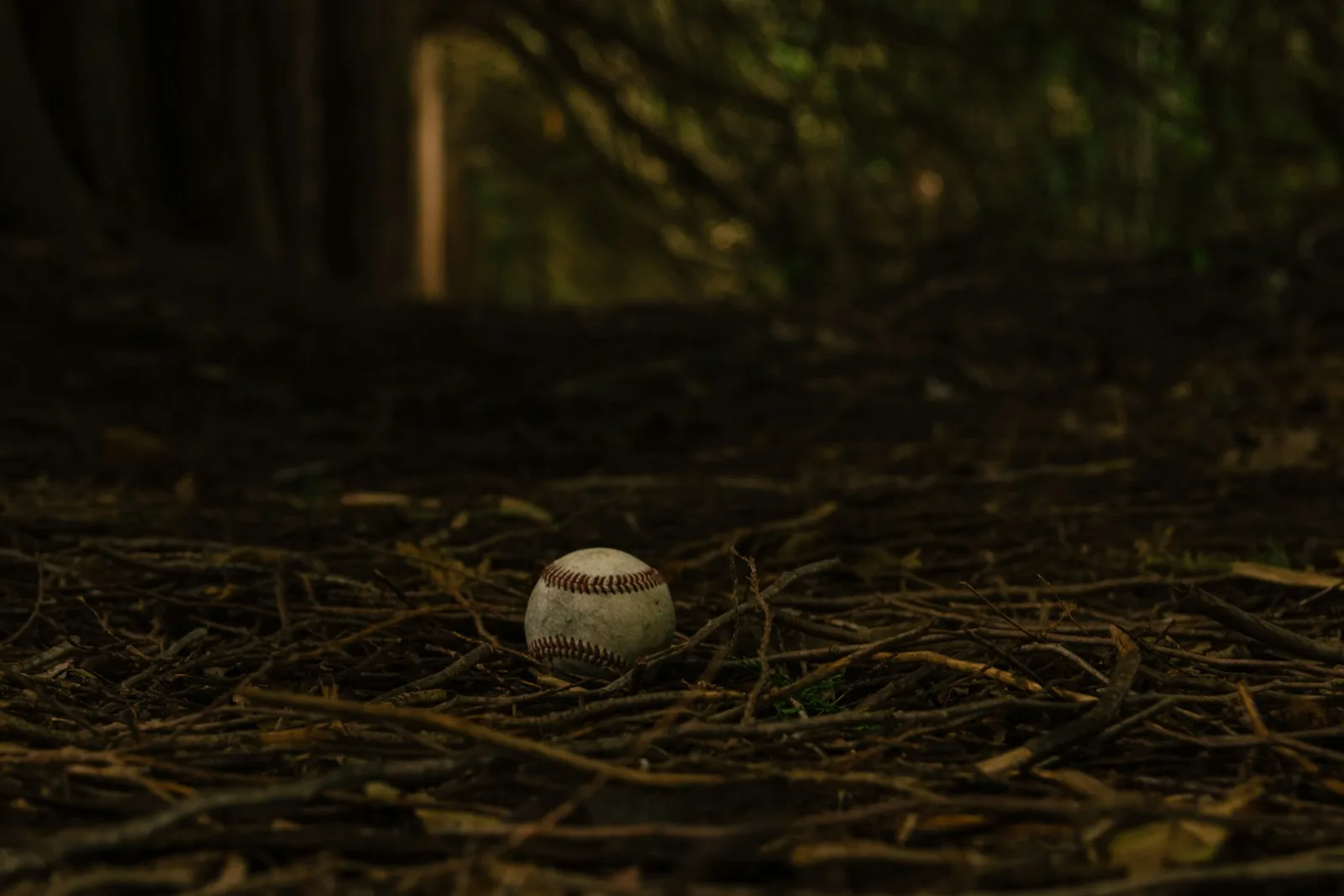
Table of Contents
Numerous household items have many uses. For example, dishwashing detergent is often used in plant maintenance to get rid of insects. However, Deadly Mothball is an insecticide product that should not be used in any way unless directed by the label. Although many people consider small balls to be harmless, they can be dangerous to people as well as animals. These are the reasons why using mothballs to repel insects or rodents is a bad idea.
History of Mothballs
There’s a reason why mothballs aren’t mentioned as often these days. In the absence of air conditioning, people would help regulate the temperature by opening doors and windows for cool air. Naturally, these open doors and windows brought in insects like moths and created a new problem. Their linen and clothes were eaten by moths! Mothballs were made when the need arose.
Mothballs aren’t really useful anymore because synthetic fabrics don’t attract moths to your clothes and linens. Although it is not safe, some people promote mothballs as an insect, rodent and other insect repellent. Using mothballs in these methods is actually illegal.
Click here to access the A-Z Animals profile page
How Mothballs Work

Mothballs are pesticides because they contain chemicals such as dichlorobenzene, naphthalene, and camphor. They are used to keep moths away from woolen goods. They are available in disc, round and cube shapes. These chemicals are intended to repel or kill moths and inhibit the growth of moth larvae in the vicinity of the moth.
They should be placed in airtight containers and kept in closets, storage spaces, and other areas where moths go after your goods. They are not intended for outdoor use, open-air use, or other use in any way.
Reasons You Should Never Use Mothballs as Deterrents

There are numerous reasons you should never use mothballs as pest deterrents. These are the four major reasons and most important.
- Mothballs are Regulated Pesticides
- Mothballs Can be Dangerous to Humans and Animals Alike
- They Dissolve in the Rain
- Mothballs Don’t Work
1. Mothballs are Regulated Pesticides

Although harmless in appearance, mothballs are essentially controlled pesticides. Most people don’t think of them that way because they come in solid form. However, mothballs eventually decompose into gases and release pesticide compounds into the air.
The Environmental Protection Agency (EPA) regulates mothballs and it is actually illegal to use them in any way that is not authorized. Mothball labels do not allow the use of animal repellants.
2. Mothballs Can be Dangerous to Humans and Animals Alike

The main reason you should never use mothballs to repel insects or pests is that they pose a threat to both people and animals. Mothballs can be deadly if you come into contact with them, touch them, or breathe in their fumes.
Mothballs can also be dangerous for small children because they resemble candies. Pets may play with them, treat them as toys or eat them as if they were a reward.
The primary ingredient in mothballs, naphthalene, is a toxin that is released when anything burns. Naphthalene is found in cigarette smoke, automobile exhaust, and smoke from forest fires. This poison breaks down into alpha-naphthol when it enters the body of a person or animal and affects the red blood cells. The flow of oxygen throughout the body is interrupted. Liver and can cause kidney damage. The World Health Organization (WHO) considers this toxin a probable human carcinogen that passes from the circulation to fat, blood and breast milk.
3. They Dissolve in the Rain

Mothballs are frequently used outdoors to keep insects and rodents away from damaging structures. However, when mothballs get wet, they dissolve and release the poison. It spreads across the earth, affecting your own plants and animals. It can also injure animals that are not known as pests.
4. Mothballs Don’t Work

Mothballs are also not very effective. They do not truly stop moths from consuming your woolen goods, nor do they effectively get rid of mice.
This is due to a few factors.
- The concentration of naphthalene in mothballs is insufficient to effectively repel bugs. However, in your house, a bigger amount might be extremely riskier.
- Mothballs don’t actually keep animals and insects away, despite the fact that many people and animals find them unpleasant to smell. Rather, they could hurt or upset animals, leading to other problems.
- It is frequently against the law to use mothballs to control rodents. This implies that they might get you into problems in addition to the fact that they don’t function.
Proper Use of Mothballs

There are some safe ways to use mothballs. In other words, you should only use mothballs in a tightly sealed container. Although it may sound strange, doing so protects you, your children, and your pets from inhaling harmful fumes. Never leave them open, keep them in loosely closed containers and handle them without wearing gloves and masks.
READ | Stink bugs : Entomologist 6 advice on getting rid of stink bugs


1 thought on “4 Fascinating Reasons to Avoid Mothballs to Repel Mice and Bugs”